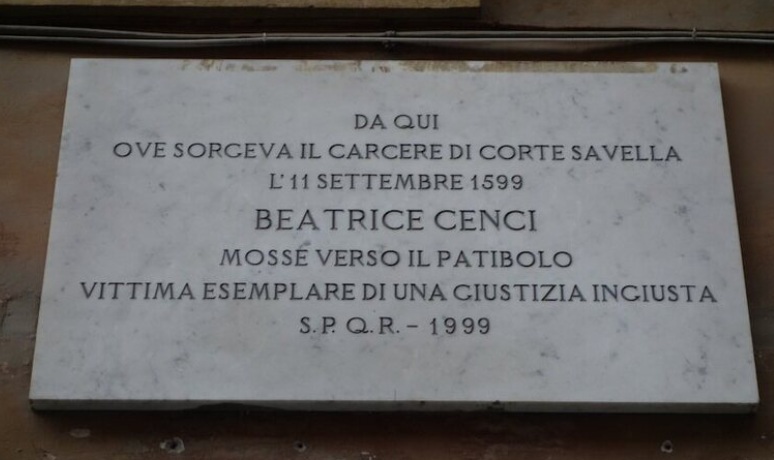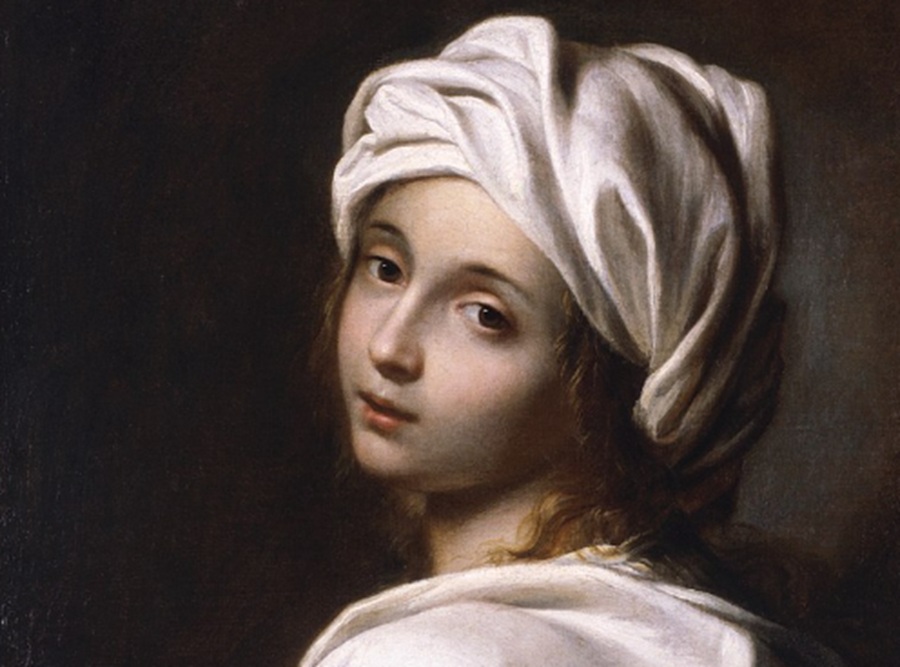On 6th February 1577, Beatrice Cenci was born in Rome into one of the city’s aristocratic families. Her life, however, would be tragically brief and end in one of the most infamous executions in Roman history.
Beatrice was the daughter of Francesco Cenci, a notoriously violent and corrupt nobleman. His reputation for abuse and criminal behaviour was well known, yet he repeatedly escaped serious punishment due to his wealth and influence. Unlike ordinary citizens, who were swiftly condemned for lesser crimes, Francesco was able to buy his way out of legal trouble time and time again.
Forced to endure years of mistreatment, Beatrice eventually took matters into her own hands. In 1598, she, along with her stepmother Lucrezia, her brother Giacomo, and a few trusted accomplices, orchestrated Francesco’s murder at the family’s countryside residence in La Petrella del Salto. The plan was to make his death appear accidental, but the authorities were not convinced. Evidence found at the scene led to their arrest, and under torture, the conspirators confessed.
Despite widespread public sympathy for Beatrice, Pope Clement VIII was determined to set an example. He refused to grant clemency, fearing that leniency would encourage further acts of familial revenge. On 11 September 1599, Beatrice was executed by beheading at Castel Sant’Angelo. Her stepmother and brother Giacomo were also executed, while her younger half-brother, Bernardo, was forced to watch before being sentenced to hard labour.
Beatrice – a symbol of resistance
Beatrice’s tragic fate turned her into a symbol of resistance against an oppressive aristocracy and a flawed justice system. Her story has inspired numerous works of art and literature over the centuries. The English poet Percy Bysshe Shelley wrote The Cenci: A Tragedy in Five Acts during his time in Italy. Writers such as Stendhal, Alexandre Dumas, and Alberto Moravia also drew upon her tale. Her life has been depicted in plays, novels, operas, and even a 1969 film by Italian director Lucio Fulci.
A painting believed to be of Beatrice, attributed to Guido Reni, hangs in Rome’s Galleria Nazionale d’Arte Antica. Sculptor Harriet Goodhue Hosmer created a statue of her in 1857, which is now housed at the University of Missouri-St Louis.
Beatrice’s ghost is said to linger in Rome. According to legend, she appears on the eve of her execution anniversary, walking the Ponte Sant’Angelo with her severed head in hand – a haunting reminder of her tragic fate.






